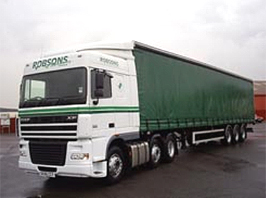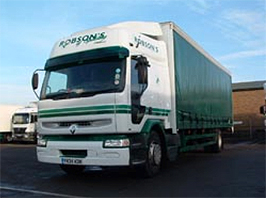Road Freight & General Haulage
Do you employ people in road freight & general haulage? Each of these may have particular hazards, but in every industry where deliveries are made, drivers are exposed to significant hazards arising simply from the day-to-day activities of the job.
Over the last five years, accident reports sent to HSE and local authorities show that nearly 60 employees were killed and 5000 seriously injured in haulage and distribution - simply doing their job. Another 23,000 suffered injuries severe enough to keep them off work more than three days. These figures take no account of work-related ill health, for example from bad backs or stress. This represents a higher rate of accidents to employees than either construction or agriculture, both widely regarded as hazardous industries.
Health and safety is seen by many people as so much paperwork, red tape, expense and boring rules and regulations that are difficult to understand and stop you running your business easily.
Even if you don’t think this way, many people in business believe that because they have had few or no accidents all that is needed is basic common sense and that, in any case, most common accidents these days are unavoidable.
Relying on people to use their common sense works fine until something does go wrong. When that means someone gets killed or seriously injured, it can suddenly look a bit of an inadequate approach. Too many employers live to regret not taking health and safety more seriously before an accident, rather than after one of their employees have been badly injured at work.
Controlling health and safety risks is not that difficult. It can be achieved with a little effort, needn’t cost a lot, and doing it right can make good business sense. If nothing else, there can be benefits from reduced claims for compensation and lower insurance premiums.
What you need to do
Many of these accidents could be prevented by simply examining what actually goes on in your business, removing and controlling hazards as far as possible, and taking the necessary managerial and supervisory steps to make sure what is supposed to happen does happen. This means looking at what people do at work as well as finding out what controls are needed. The process can be broken down into a number of steps to help translate theory into practice. This is basically all ‘risk assessment’ and ‘managing safety’ is about - no more than a structured approach to solving a problem and controlling risk.
Where to start
Talk to us at ARC Consultants regarding your Health & Safety in the haulage industry and be amazed at what we have to offer you.


Images by kind permission of Robsons of Spalding Ltd.
